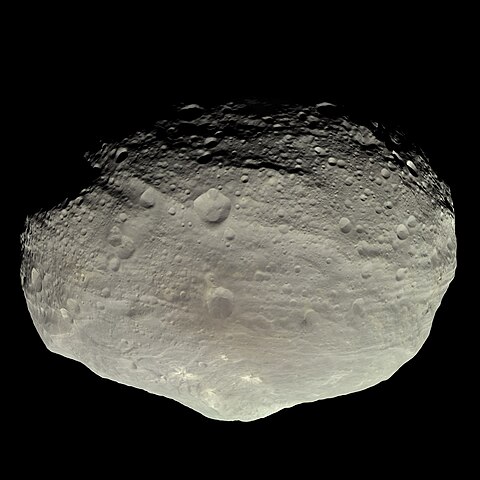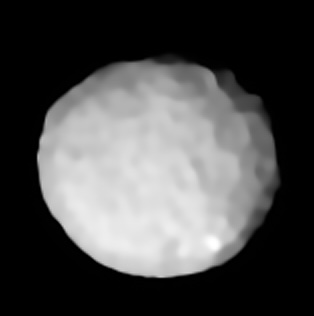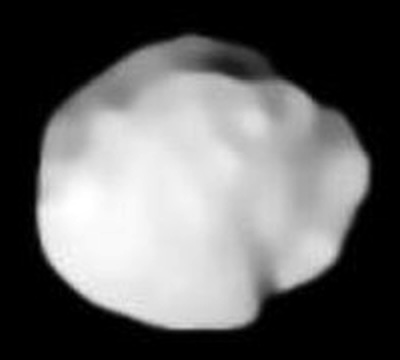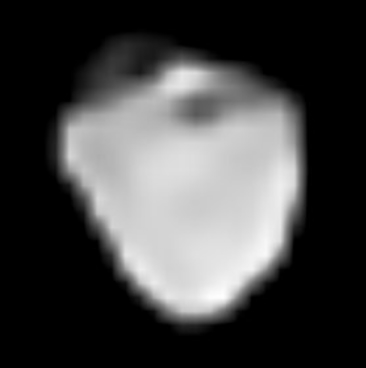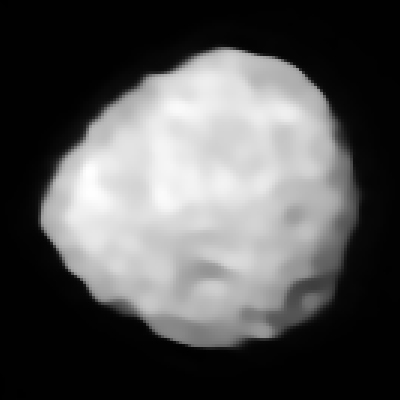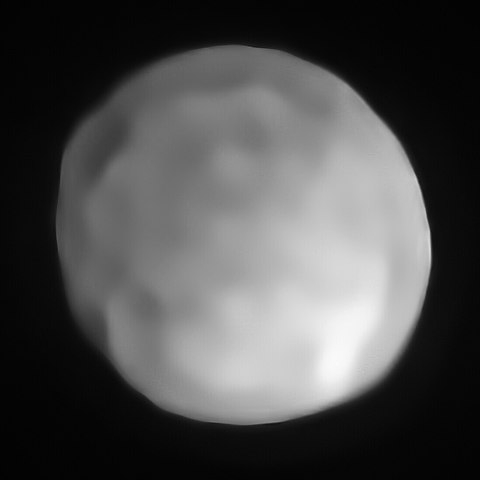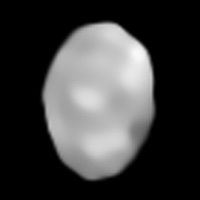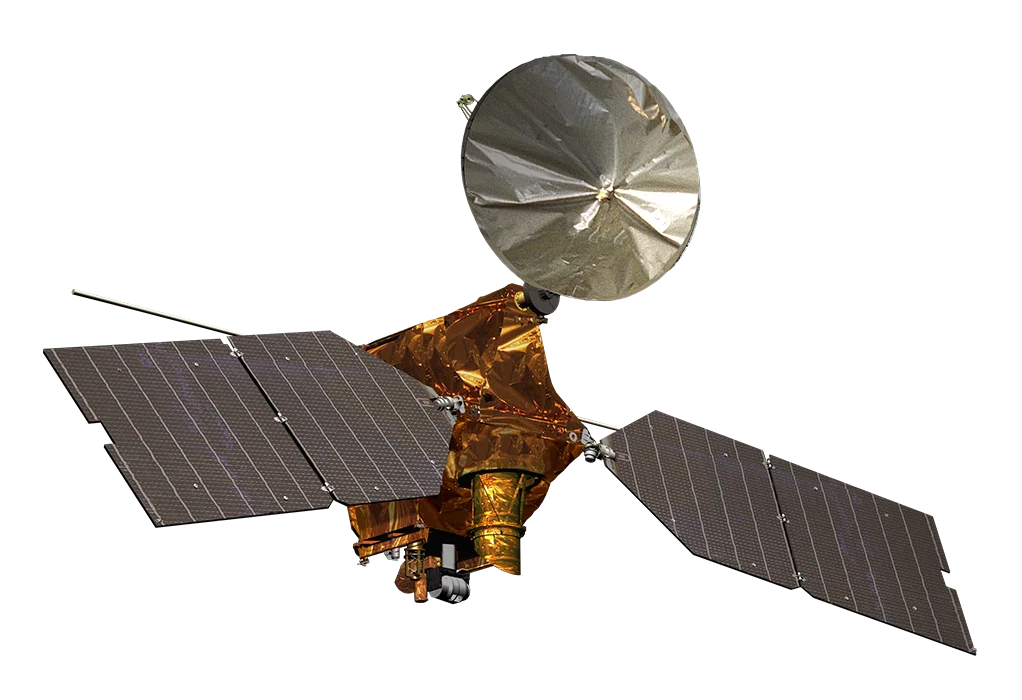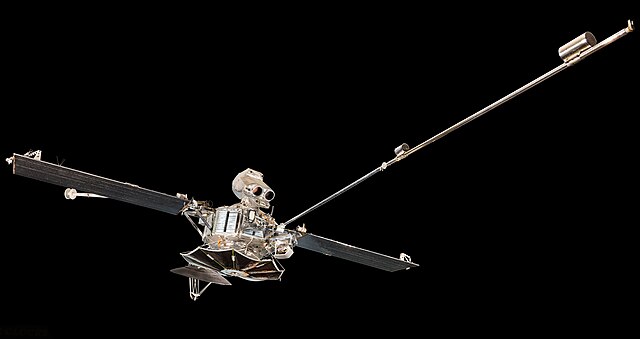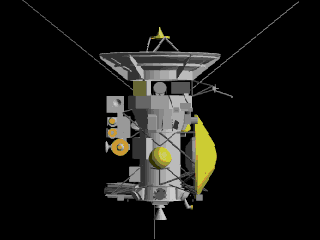1 day / second
0.5 AU
4 Vesta
Asteroid
A massive asteroid roughly 530km in diameter with a heavily cratered surface, featuring a gigantic impact basin at its south pole that exposed its internal structure and ejected numerous fragments that now form the Vesta family of asteroids.
Key Facts
orbital regime | Asteroid Belt |
learn more | Wikipedia |
mass | 2.5903e+20 kg |
radius | 278.6 km |
hill radius | 112,996 km |
semi-major axis | 2.36 AU |
eccentricity | 0.089 |
inclination | 7.142º |
longitude of the ascending node | 103.71º |
argument of periapsis | 151.66º |
orbital period | 3.625 years |
surface gravity | 0.023 g |
discovery date | March 29, 1807 |
discovered by | Heinrich Wilhelm Olbers in Bremen |
name origins | Named after Vesta, Roman goddess of the hearth |
dimensions | 572.6 km length, 557.2 km width, 446.4 km height |
albedo | 0.4228 |
material composition | V-type asteroid (basaltic composition) |
density | 3.456 g/cm³ |
Spacecraft Visits
Dawn
Orbiter
Launched in 2007, entered orbit in 2011
Dawn entered orbit around Vesta on July 16, 2011, spending 14 months mapping the asteroid's surface in detail and revealing its geology before departing for Ceres in September 2012.
